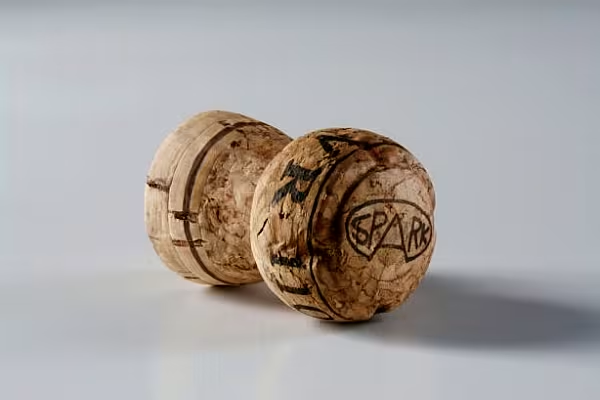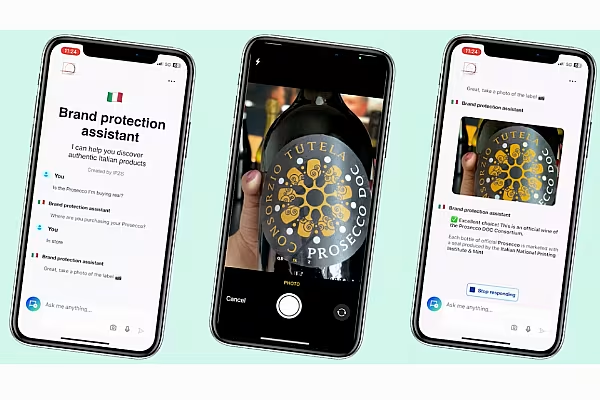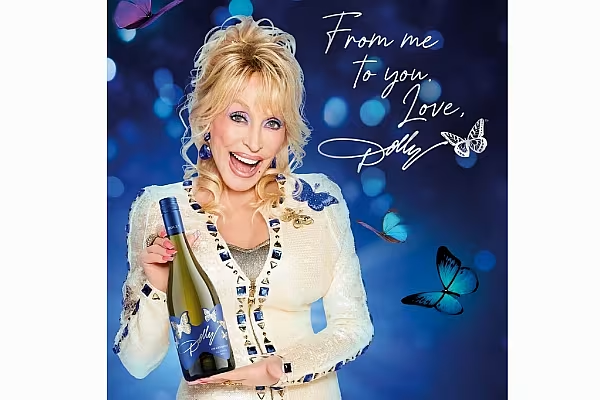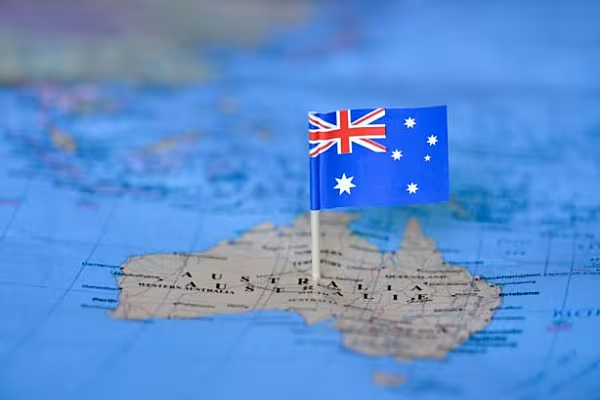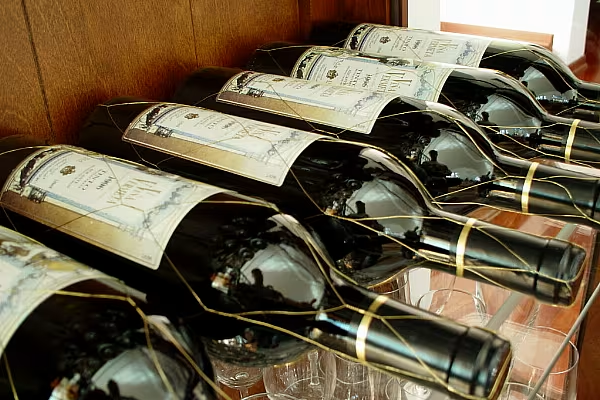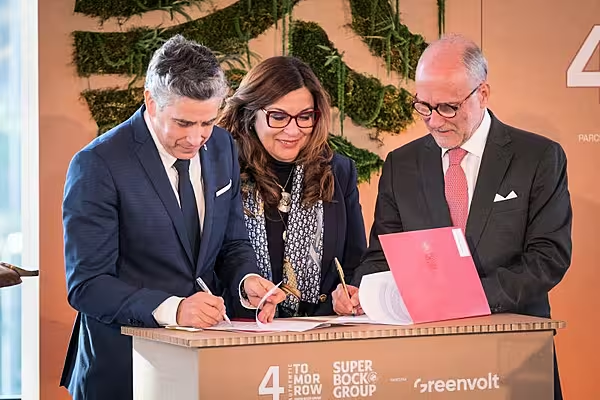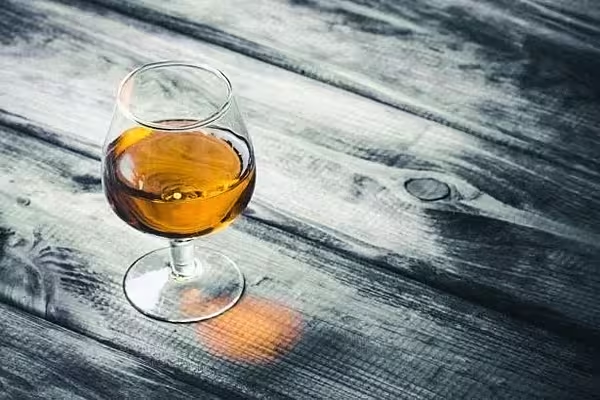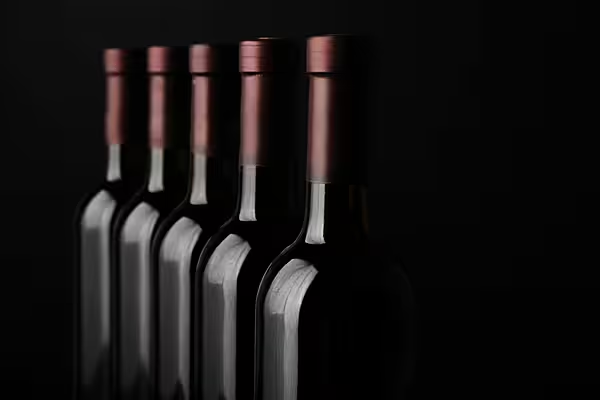Production of Italian Prosecco sparkling wine is poised to rise 15 percent to 20 percent this year as vineyards expand and amid continuing strong demand from major export markets, according to Luca Giavi, head of the group set up to protect its authenticity.
The 2015 Prosecco grape harvest was a record, producing 340 million liters of wine, or about 450 million bottles, according to data from Prosecco DOC. Seventy percent of the output is exported, with about 35 percent going to the U.K. and 17 percent to the U.S.
The growth comes as competition in the sparkling wine market is intensifying in Europe, with southern English vineyards expanding their plantings of chardonnay and pinot noir, the classic Champagne grapes. Spanish Cava producers are also fighting for market share.
Demand for Champagne itself, which was hit by the financial crisis following the 2008 collapse of Lehman Brothers Holdings Inc., is also reviving, with March figures from Champagne Bureau USA showing Americans quaffing the most French bubbly in eight years.
“The U.K. is our biggest export market,” Giavi said in a phone interview during a visit to the London Wine Fair May 4. “There won’t be any problem” meeting demand, with the current vineyard area of 20,000 hectares (49,400 acres) set to rise by a further 3,000 hectares, he said.
U.K. sales rose 48 percent last year, according to Giavi, partly reflecting a reduced harvest in 2014 as a result of adverse weather which harmed grapes.
“We guarantee the quality,” he said, pointing to production limits imposed on growers both by yield restrictions and checks on grapes coming out of the vineyards. Prosecco comes from the hinterland of Venice and is produced primarily from glera grapes.
Prosecco typically sells for less than 10 pounds ($14.50) a bottle in the U.K., about 40 percent of the price of a standard Champagne.
News by Bloomberg, edited by ESM. To subscribe to ESM: The European Supermarket Magazine, click here.
